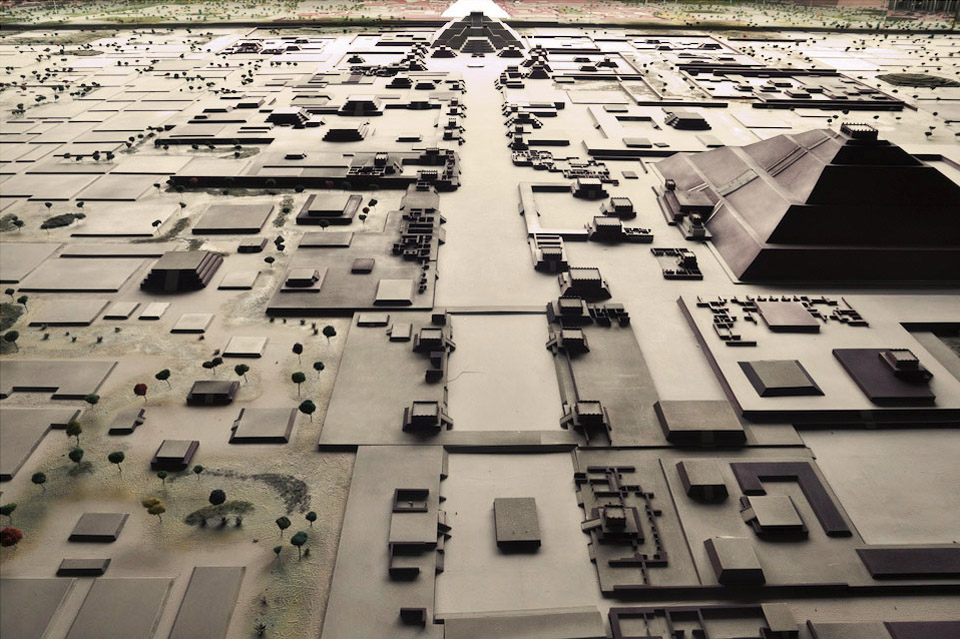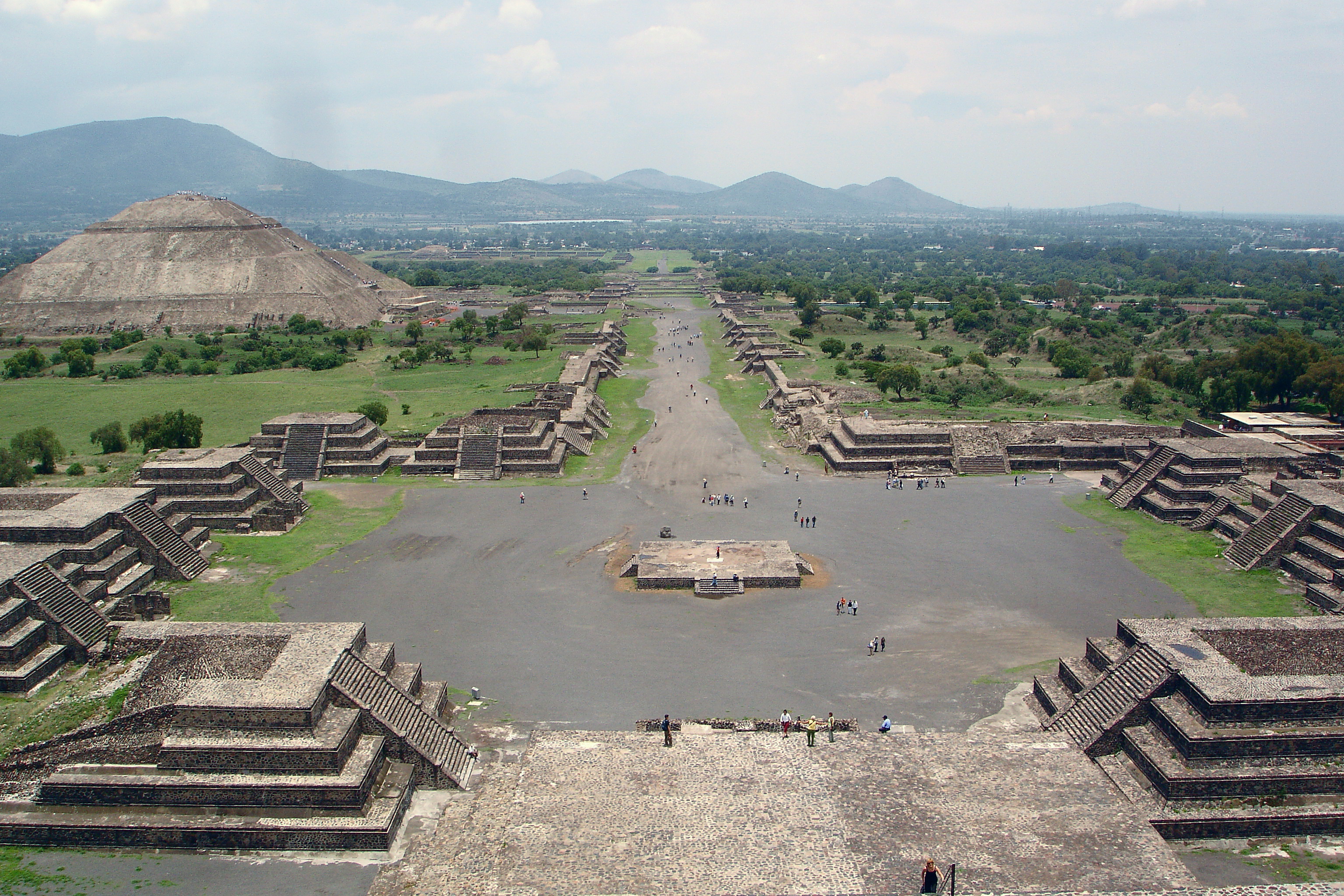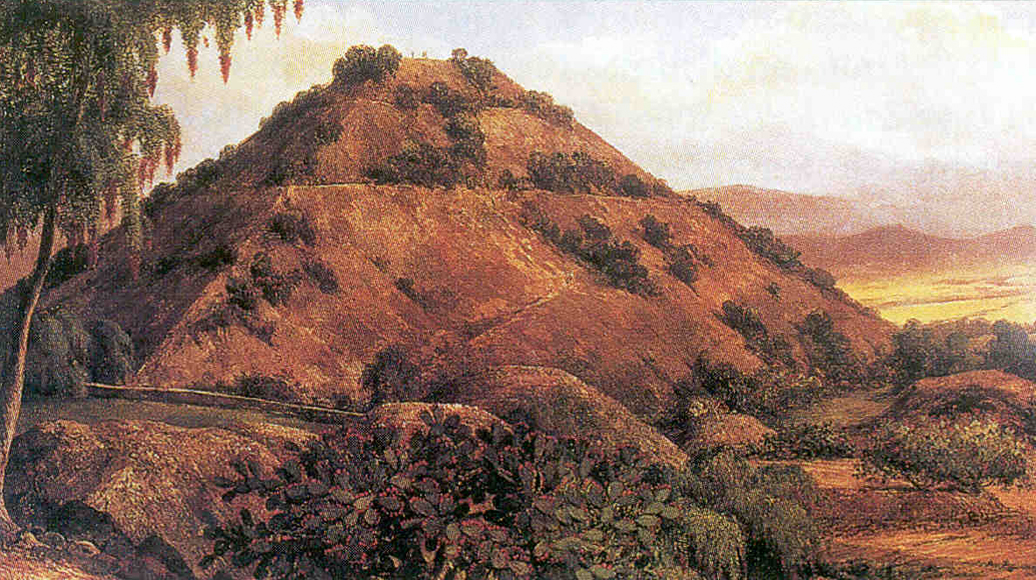 My family
and I went on one of the greatest adventures of a lifetime. We spent three days
white-water rafting in the Grand Canyon. While we spent our days on the water,
we slept in makeshift camp sights on random beaches off the banks of the
Colorado River at night. The actual act of being in the rafts was full of
contrasting feelings and emotions. Immense dry hear from the sun, with random
blasts of wind. It felt like standing in front of a giant blow dryer that would
unpredictably blast you for ten seconds at a time. Alternatively, the water
beneath from the river kept its temperature steadily at a brisk 45 degrees.
During our encounters with the more intense rapids we would be showered and
splashed with a spray of chilling river water, only to be wind blasted with 102
degree hot summer canyon air a few seconds later. Back where we are from in Michigan, we pride
ourselves on being able to handle the obnoxiously unpredictable weather, but
down in the canyon, my body didn’t know whether to sweat or shiver, good God.
My family
and I went on one of the greatest adventures of a lifetime. We spent three days
white-water rafting in the Grand Canyon. While we spent our days on the water,
we slept in makeshift camp sights on random beaches off the banks of the
Colorado River at night. The actual act of being in the rafts was full of
contrasting feelings and emotions. Immense dry hear from the sun, with random
blasts of wind. It felt like standing in front of a giant blow dryer that would
unpredictably blast you for ten seconds at a time. Alternatively, the water
beneath from the river kept its temperature steadily at a brisk 45 degrees.
During our encounters with the more intense rapids we would be showered and
splashed with a spray of chilling river water, only to be wind blasted with 102
degree hot summer canyon air a few seconds later. Back where we are from in Michigan, we pride
ourselves on being able to handle the obnoxiously unpredictable weather, but
down in the canyon, my body didn’t know whether to sweat or shiver, good God.
 It may seem
that one would get bored from staring at never-ending towering walls of rock
for hours on end, which is sometimes true, but is actually quite mind-blowing
in honesty. The sheer beauty of it all, the history, billions of years of history written in the walls; uncounted
variations, colors, shapes, and patterns within the hundreds of types of rocks
and minerals. We passed a natural spring, a waterfall that we got to play in,
pools of fresh flood water to cool off in, and 100’s of empty canyons to
explore, full of caves, mountain goats, snakes, spiders, and mountain lions. We
ones came across a massive carp stranded in a pool of water in a side canyon,
and our guides instructed us to avoid saving it, because we needed to let
nature take its course.
It may seem
that one would get bored from staring at never-ending towering walls of rock
for hours on end, which is sometimes true, but is actually quite mind-blowing
in honesty. The sheer beauty of it all, the history, billions of years of history written in the walls; uncounted
variations, colors, shapes, and patterns within the hundreds of types of rocks
and minerals. We passed a natural spring, a waterfall that we got to play in,
pools of fresh flood water to cool off in, and 100’s of empty canyons to
explore, full of caves, mountain goats, snakes, spiders, and mountain lions. We
ones came across a massive carp stranded in a pool of water in a side canyon,
and our guides instructed us to avoid saving it, because we needed to let
nature take its course.
At night we
would pull of the river on the side of the river and start to make camp. Too
hot for tents, but too critterous for sleeping bags, we all slept on portable
cots with a single sheet to keep the night chills away. “Piss in the river,
shit in the box,” our guides would cry. I must admit that, after my asking
several times, we were told that we would mostly likely not come across any
mountain lions, and that it was extremely rare for us to see one, or for an
attack to happen. Yet, I still had the fear of being picked off in my sleep in
the middle of the night. Fortunately my exhaustion was more potent than my fear
of mama mountain lions that I fell asleep more soundly that I had in the
previous year. So tired, in fact, that I fell asleep before the sun had
completely set.
I woke up
in the middle of the night, startled and confused not having remembered where I
was for a moment. An instant later, I was terrified, horrified to think that I
was being stalked at that very moment by a supreme hunter lioness. I looked
around me to see but couldn’t; a deep dark endless blackness was all I saw. Too
scared to get up and stretch my legs, or relieve myself, I decided to count
sheep and look up. I was forced to look at the stars. The starts! My goodness,
never have I ever seen such a raw and clearly lit sky. It was like looking into
a black pool of liquid, full of millions of fireflies. I’ve traveled to many
remote places, rain forests, deserts, mountains, cities, islands, but never
before have I seen a sky so awesome that it inspired me to contemplate my silly
human problems, and silly humane existence here on earth. To feel that feeling
of natural awe, fear, and respect for nature is something that I won’t ever
forget.
If I may
backtrack for a moment, I’d like to add that this three day excursion was only
a smaller part of a two month long family vacation, that started in Michigan,
went all the way out to Vegas and then back, marking several stops along the
way. By the time we got to the Grand Canyon, I was already tired of my parents
and my siblings. On one specific occasion my brother was sitting across from
me. He had been bad mouthing me for the duration of the trip and I had warmed
him not to do so, “or else.” He then told me to shut-up after I was warning him
about some upcoming rapids. So I slapped him lightly on the mouth; imagine
that, a 17 year old boy getting slapped on the mouth by a 21 year old man. He
was quite embarrassed and I felt guilty. I had found a way to ruin a perfect
moment with my family. I regret being unkind to my brother, but honestly, my
brother hasn’t told me to shut up since.











